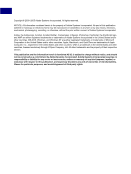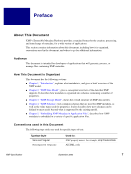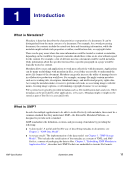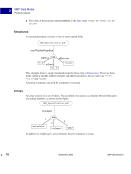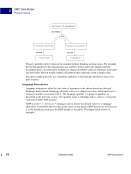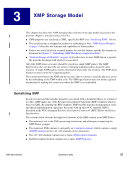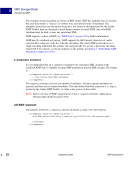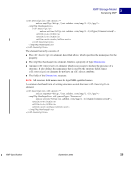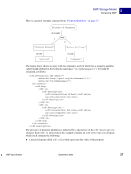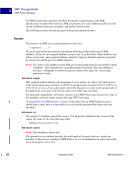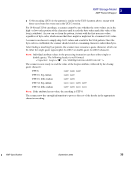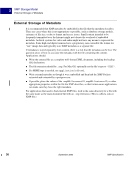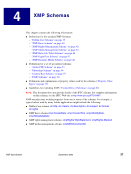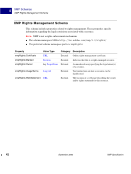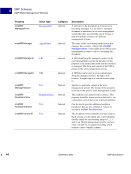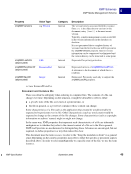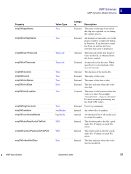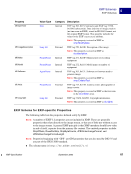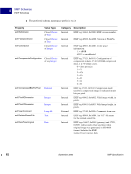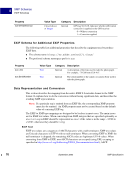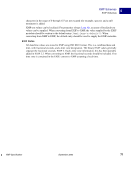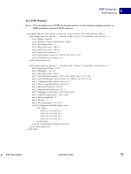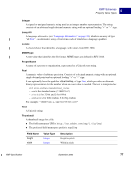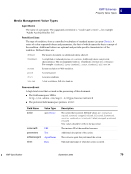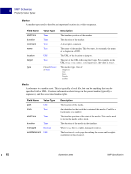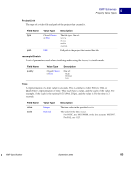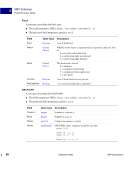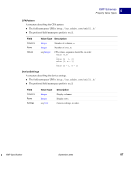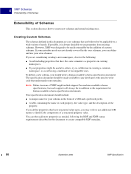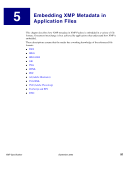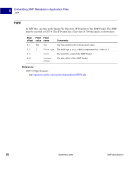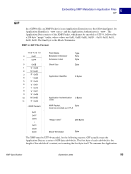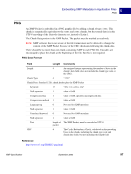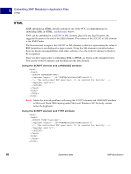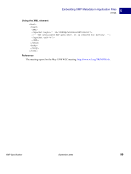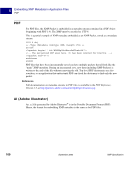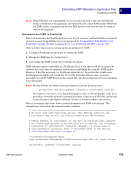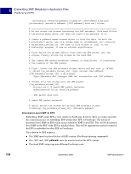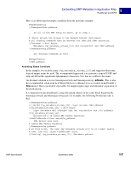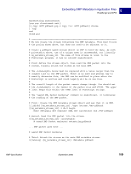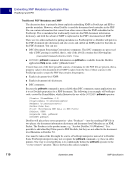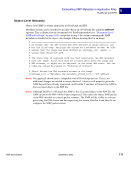46 September 2005 XMP Specification XMP Schemas XMP Media Management Schema 4 NOTE: This terminology should be distinguished from HTTP terminology, where resource is most often used in the sense of “container”, while entity or entity-part is always used to mean “the current content of all or part of a resource at some point in time.” An ID should be a GUID/UUID-style ID, which is a large integer that is guaranteed to be globally unique (in practical terms, the probability of a collision is so remote as to be effectively impossible). Typically 128- or 144-bit integers are used, encoded as 22 or 24 base- 64 characters. XMP does not require any specific scheme for generating the unique number. There are various common schemes available for that purpose, such as: ● Using physical information such as a local Ethernet address and a high resolution clock. NOTE: When creating a unique ID, applications must consider tradeoffs between privacy and the desire to create an audit trail. Adobe applications favor privacy and do not include Ethernet addresses. ● Using a variety of locally unique and random data, then computing an MD5 hash value. This avoids privacy concerns about the use of Ethernet addresses. It also allows for regeneration of the ID in some cases for example if the MD5 hash is computed using the image contents for a resource that is a digital photograph.
Purchased from Demo (abedemo.tizrapublisher.com) for the exclusive use of unknown. © 2025 Demo. Please report unauthorized use to pirate@tizra.com


